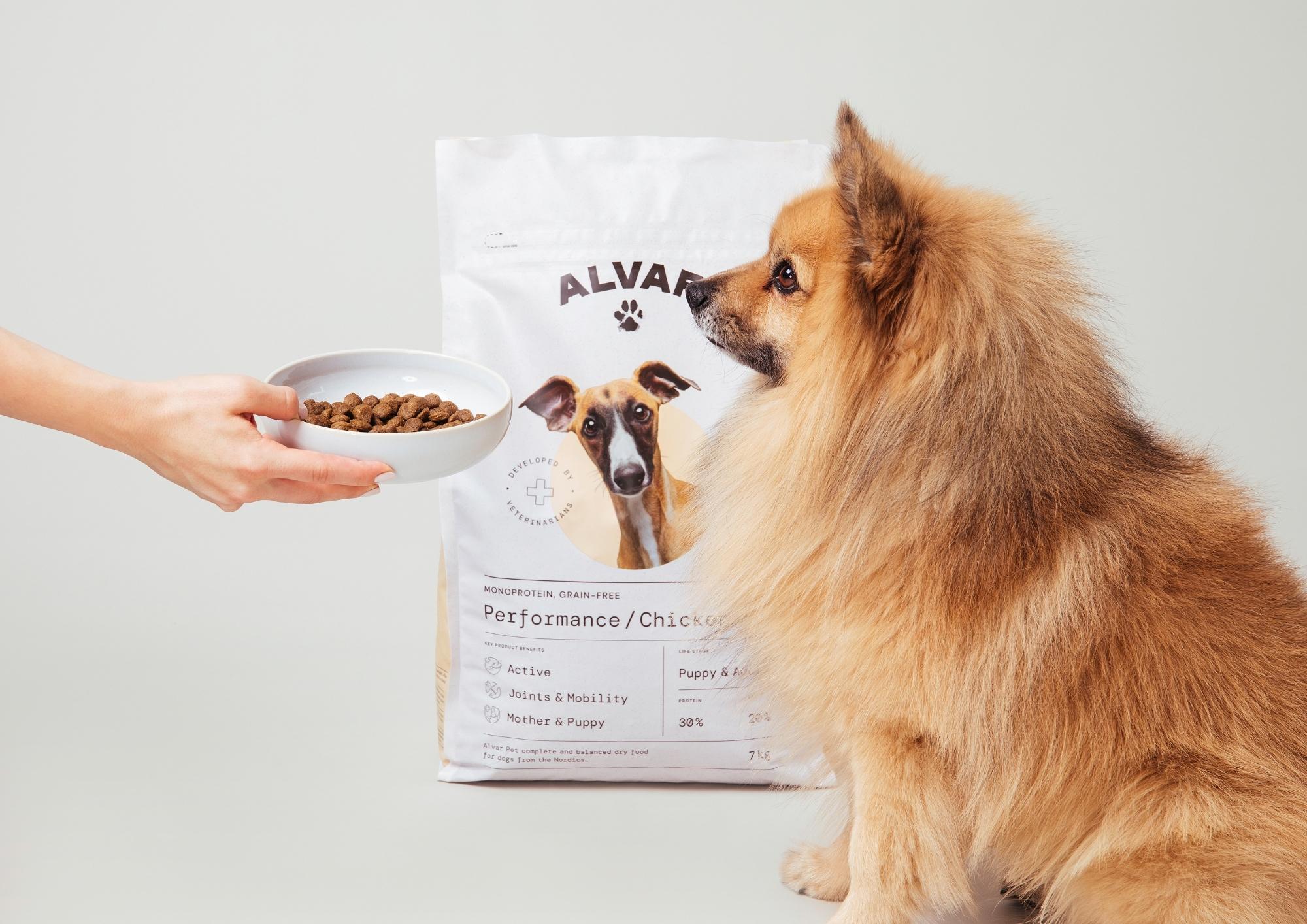Dogs’ sensitive skin and paws can cause significant discomfort, itching, and even infections if not treated properly. Whether your dog is prone to seasonal allergies, skin problems, or issues with dry or cracked paw pads, it's important to recognize and treat these problems for your pet’s comfort and well-being.
Common causes of sensitive skin and paws in dogs
- Allergies: Dogs can suffer from various allergies, including food allergies, environmental allergies (such as pollen or dust mites), and contact allergies (from grass or chemicals).
- Irritants: Strong grooming products, cleaning agents, or even certain types of dog shampoos can cause skin irritation.
- Weather conditions: Cold weather can cause dry, cracked paws, while hot surfaces in summer can lead to burns and soreness. Wet/damp weather also more easily causes skin issues, as infections typically develop when paws stay moist too often.
- Dietary deficiencies: A lack of essential fatty acids, vitamins, and minerals can lead to dry, flaky skin and fragile paw pads.
- Health problems: Skin infections, fungal infections, or diseases like eczema can cause itching and discomfort.
Signs of sensitive skin and paws in dogs
If your dog has sensitive skin or paws, you might notice some of the following symptoms:
- Itching and scratching: Frequent paw or skin scratching or chewing is a common sign.
- Redness and swelling: Watch for red, inflamed areas, especially between the toes or on the belly.
- Dry, cracked paws: Cracks in the paw pads can indicate dryness or exposure to rough surfaces.
- Excessive licking: Dogs often lick their paws to relieve discomfort, which can sometimes make things worse.
- Rashes or hot spots: Hairless patches or hot spots may indicate a skin infection or allergy.
How to treat dogs’ sensitive skin and paws
- Use products suitable for sensitive skin: Choose shampoos and grooming products designed for sensitive skin. Look for options free of fragrances and strong chemicals.
- Protect paws from exposure: In winter, use paw balm to prevent cracking from cold, dry air, and in summer, protect paws from hot surfaces like asphalt. Remember to clean and/or dry the paws well after walks if needed, and keep the paw fur short for easier cleaning and drying.
- Maintain a balanced diet: Feed your dog a diet rich in Omega-3 and Omega-6 fatty acids to support skin health and prevent dryness. A limited-ingredient diet can help if food allergies are suspected.
- Moisturize with dog-safe balms: Apply dog-safe moisturizer to paw pads to prevent dryness and cracking. Avoid human lotions, as they can be harmful if ingested.
- Veterinary check-up: If your dog’s symptoms persist, contact a veterinarian.
Preventing sensitive skin and paw issues
These methods can help you prevent your dog’s skin and paw problems:
- Regular paw inspections: Check your dog’s paws after walks for signs of irritation or foreign objects, and dry the paws if they are wet.
- Regular coat care: Brush your dog’s coat regularly to remove allergens, dirt, and loose hair that may irritate the skin.
- Hydration and moisture: Keep your dog well-hydrated and consider using a humidifier indoors, especially in winter, to prevent skin from drying out.
With these methods, you can help your dog avoid the discomfort caused by sensitive skin and paws, and help them feel better overall.



